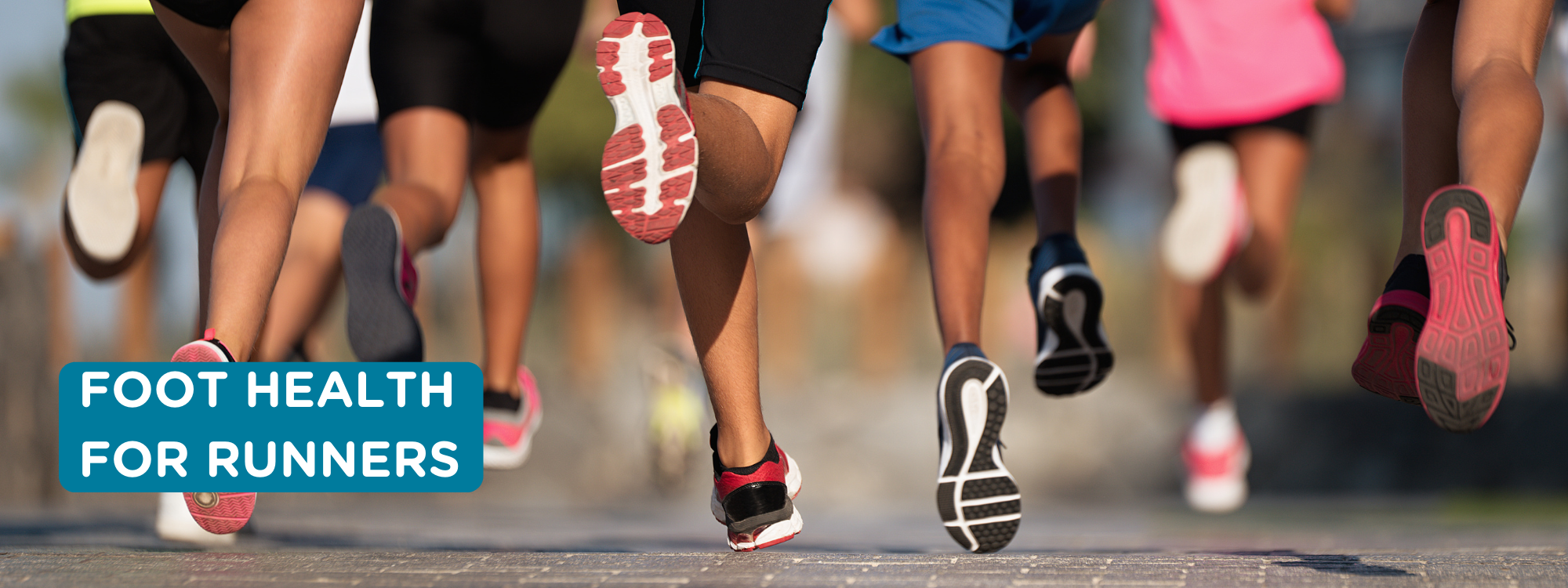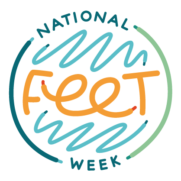
Taking care of your feet should be a high priority for runners but is often overlooked until there is a problem which makes running uncomfortable. If you are in pain before, during or after your run, it is the body’s way of telling us that something is wrong. An appointment with a Podiatrist would be recommended to assess, diagnose and treat the problem to get you back to enjoying your runs pain free.
Often, the cause of injury is changing the demands placed on the body which could be something as minor as a change to your footwear or the surface that you run on. If a number of changes have been made, there may be more instances of pain or injury. If you’re looking to make some changes to your running regime, it would be wise to see a Podiatrist for a Gait Analysis so that you can reduce the risk of injury.
In addition to a Gait Analysis, your Podiatrist may recommend a Biomechanical Assessment which is a more complex evaluation of the feet, legs and body position whilst weight bearing and non-weight bearing. Information gathered from a Biomechanical Assessment can form the basis for rehabilitation which may include an orthotic prescription if the problem is mechanical.
Other factors for runners to consider:
Nails
Nails should be trimmed straight across without curving the corners of the nail as this can lead to ingrown toenails.
Long distance or regular runners may experience a bleed underneath the nail bed which is called a subungal haematoma. The toenail will become blackened and start to detach from the nail bed. It is rare that the nail will detach back to the nail bed and it would be wise to secure the nail with some tape or a plaster to prevent the nail from catching on your socks or shoes. If the nail is causing pain or discomfort, a Podiatrist will be able to painlessly remove it for you.
Blisters
Blisters, we’ve all had them and know how very uncomfortable they can be. Prevention is the key with blisters and dual layer socks are a great investment. Friction on the skin surface is eliminated as the inner layer moves with the foot and the outer layer with the shoe. As with normal socks, it’s important to change them once they become damp. Some runners will also tape their toes or heels prior to a run if they are prone to blisters.
If you feel a blister developing you need to stop walking or running immediately, remove your shoes and socks and examine your feet. Apply a breathable waterproof plaster or consider applying some material padding or cushioning. If the blister has developed, you will need to avoid any further friction to allow it to heal which will usually taken 3-7 days. An open blister can be treated with an antiseptic ointment and protective gel dressing to prevent any infection and to speed up the healing process. If the blister is bothering you but isn’t yet open, try to avoid the temptation to do it yourself! Cut a hole in a piece of foam or felt to form a doughnut shape over the blister. Tape it in place with a soft gel dressing and it will be protected from any further friction.
Running Shoes
Perhaps one of the most important questions for any runner – are your running shoes comfortable? There are so many to choose from , how do we know that we’re choosing the correct ones? Many good running stores have qualified staff that can help you to get the correct shoes for your foot type. They may measure your feet or perform a gait analysis to ensure the perfect fit.
It is recommended that running shoes are replaced every 350-450 miles. However, it’s important to be mindful of changing your shoes before a big race. Purchase and wear new shoes well in advance to make sure that they are comfortable and do not pinch or rub.
Orthotics
Orthotics are often used for treatment of pain in the back, hips and knees and to rehabilitate lower limb injuries. Orthotics can be purchased online and in sports retailers but orthotics that haven’t been fitted correctly can cause more damage than good. It is recommended that orthotics are purchased from a Podiatrist to ensure the perfect fit and to make sure the orthotic is doing the job required of it.
Seek help if you need it
There is always an underlying cause of pain and as we mentioned before, pain is the body’s way of telling us that something is wrong. A biomechanical problem can be the cause of foot, ankle, knee, hip or back pain and many of these aches and pains can be traced back to the foot.
General aching is normal after a long run but sharp and uncomfortable pain could be the sign of an injury. An appointment with a Podiatrist can assess, diagnose and treat the problem and have you back to your best in no time at all.
